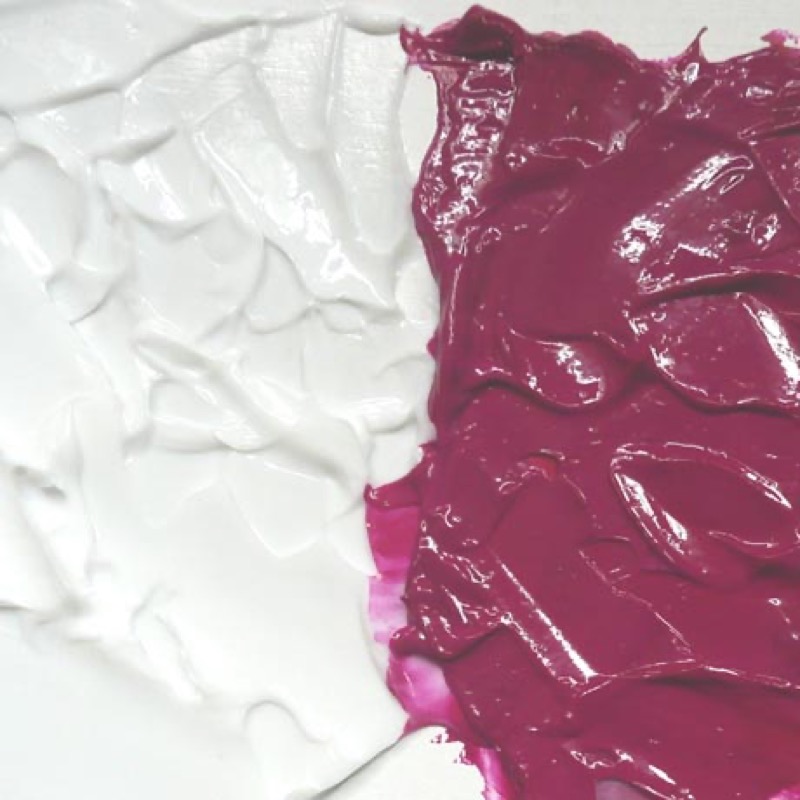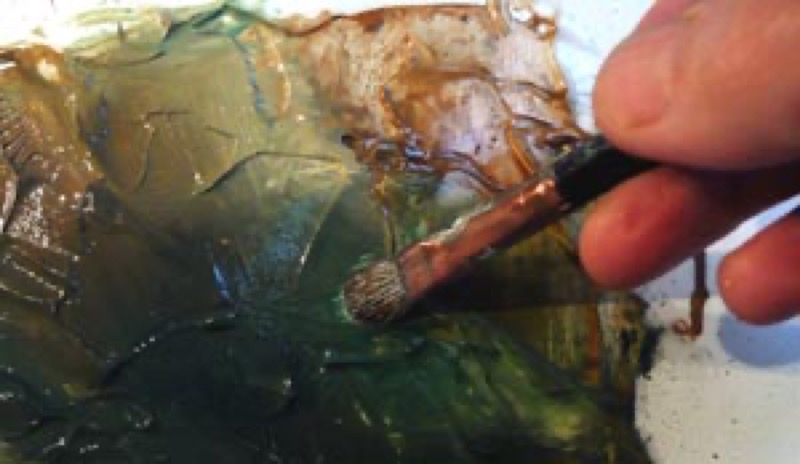Oil paint works perfectly for creating impastos. And by adding painting or modeling paste, you can obtain original textures.
What you need to know
Impastos are paint dabbed on thick enough to leave traces of the brush or palette knife that applied them. Note! If the layer is too thick, the paint may wrinkle or crack while drying.

1. Painting paste
This is THE solution for creating thick impastos that won't crack while drying. The paste is transparent, colorless and the same consistency as oil paint. Its strong point: it accelerates drying.
What is the right ratio for the mixture?
- Minimum ratio: one measure of painting paste to one measure of oil paint.
- Ideal ratio: three measures of painting paste to one measure of oil paint.
- The greater the amount of painting paste, the shorter the drying time.
For perfect impastos, all you need to do is apply the mixture thickly to your support!

2. Modeling paste
This white paste is applied directly to the support with a painting knife and serves as the background for an impasto. It allows you to reduce the thickness of your impastos and prevent cracking.
How does it work?
- Use a clean, rigid support (that won't warp under the weight of layers of paste) to help the modeling paste adhere.
- Apply the paste to the support with a painting knife.
- Allow to dry: depending on the thickness of the layer, drying can last between a few minutes and a few hours.
- Paint your impastos on the layer of modeling paste.
Recommended product:
Figueras®
See also :
Oil painting
Oil: Finger painting
